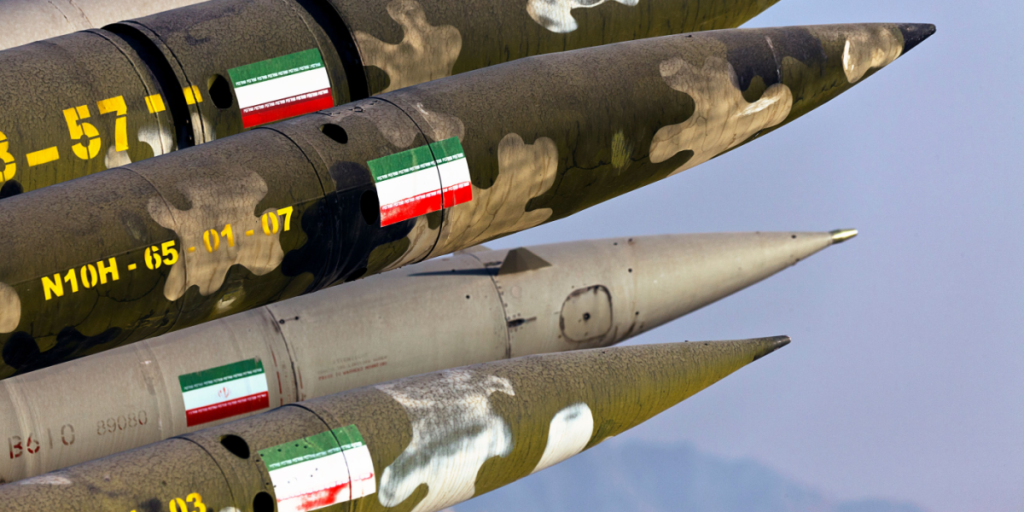Israel’s latest strike on Iran highlights Tehran’s controversial nuclear program, which continues to spark international concern. At the core lies a disputed pursuit of nuclear capabilities with major geopolitical ramifications.
Others are reading now
Nuclear development has become one of the most sensitive markers of geopolitical friction, especially when layered onto decades of mistrust and regional rivalries. Nowhere is this more visible than in the Middle East, where any signal of nuclear advancement can redraw strategic calculations overnight.
For years, the Islamic Republic of Iran has positioned its nuclear program as a symbol of national pride and scientific progress.
But international watchdogs and rival states have increasingly viewed it as a potential gateway to weaponization—raising alarms not just about regional stability, but about the integrity of global nonproliferation norms.
The latest escalation came with an Israeli airstrike, a move Tel Aviv justified by citing growing nuclear threats. While Iran insists its intentions are peaceful, the international community remains divided, watching closely as diplomatic options dwindle and technical thresholds are crossed.
Also read
From Civilian Claims to Weaponization Fears
Iran officially maintains that its nuclear program is aimed solely at peaceful, civilian purposes. However, skepticism persists. The UN’s International Atomic Energy Agency (IAEA) and U.S. intelligence agencies believe Iran ran a covert nuclear weapons program until 2003—an allegation Tehran continues to deny.
Under the 2015 nuclear deal, Iran agreed to stringent limits: enriching uranium only up to 3.67% purity, capping stockpiles at 300 kilograms, and using only basic IR-1 centrifuges.
However, after the U.S. withdrew from the deal in 2018, Iran gradually ignored these restrictions. It now enriches uranium up to 60%—dangerously close to the 90% needed for weapons.
IAEA Alarms and Israeli Countermeasures
In May, the IAEA reported that Iran’s stockpile of 60% enriched uranium had reached 408 kilograms—enough, if further enriched, for up to nine nuclear weapons.
The report also identified undeclared nuclear materials at three secret sites: Lavisan-Shian, Varamin, and Turquzabad. Iran responded by accusing the IAEA of bias and relying on what it called “misleading information” from Israel.
Israel has taken a hardline stance, targeting Iranian nuclear officials and facilities over the years in attempts to slow progress.
These efforts, including assassinations and cyberattacks, have not curbed Iran’s enrichment efforts. Tehran insists its right to enrich uranium is non-negotiable.
This latest Israeli strike marks a dangerous flashpoint in a region already fraught with volatility, bringing renewed global attention to Iran’s nuclear trajectory and the looming risks of proliferation, as reported by Digi24.


